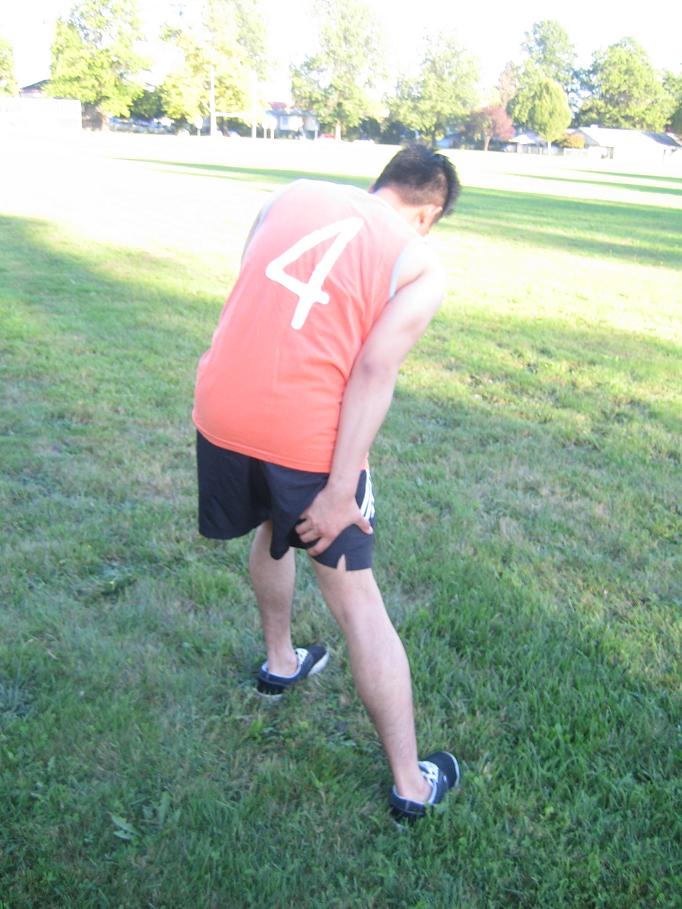A swimmer’s itch is due to macroscopic parasites infecting mammals and birds. The parasites migrate from snails and spread to geese, ducks, gulls, swans, beavers and muskrats.
These infected birds spread the parasite into the water through their feces and eggs. When the parasite is exposed to the human skin, it burrows into the skin and results to rashes. The parasites cannot develop inside the human skin, later on they just die.
Symptoms of swimmer’s itch
- The rashes are characterized by a reddish pimples or blisters in the skin and usually develop in a few minutes or days after exposure to the parasites.
- It affects the exposed skin not covered by swimsuits, wet suits and waders
- Tingling, burning or itching sensations can be felt.
- Scratching of the affected area result to secondary infection.
Treatment

- Apply cold compress on the area. Put some ice cubes in a plastic bag and wrap it in a towel or a thin cloth before placing on the area to lessen the swelling and the pain.
- Prescribed antihistamines or anti-itch creams to lessen the itchiness.
- Prescribed medication to lessen the pain and discomforts.
- Soak the affected areas of the body using Epsom salt and water mixture. Fill a bathtub with warm water and add a cup of Epsom salts. Mix them well until salt is totally dissolved. Soak the body in the mixture to lessen itchiness and relax the body. Baking soda can also be mixed with warm water is also good for the condition.
- Make a paste by mixing baking soda with a few drops of water. Mix them until it becomes the consistency of a paste and apply it directly on the affected area to lessen the itchiness and other symptoms.
- Wash the affected area using diluted apple cider vinegar.
- Avoid wearing synthetic clothes while in the healing process to prevent further irritations on the skin and worsen the condition. Wear cotton clothes.
Tips
- Avoid swimming or wading in contaminated waters especially marshy areas and plenty of snails.
- Avoid swimming in the shoreline, go to deeper water and flowing water such as rivers to prevent development of swimmer’s itch.
- Rinse properly exposed skin with clean water immediately after the swim. Dry the skin vigorously using a towel.
- Wash swimsuits regularly especially after taking a swim.
- Avoid feeding birds on docks or near swimming areas.
- Apply waterproof sunscreen on exposed areas of the skin before taking a swim to prevent swimmer’s itch.
- Maintain cleanliness and well chlorinated swimming pools.
FACT CHECK
https://en.wikipedia.org/wiki/Swimmer%27s_itch
https://www.cdc.gov/parasites/swimmersitch/faqs.html
https://www.mayoclinic.org/diseases-conditions/swimmers-itch/symptoms-causes/syc-20355043

